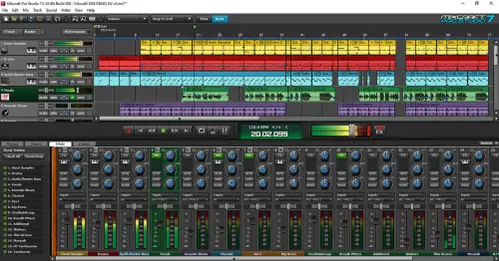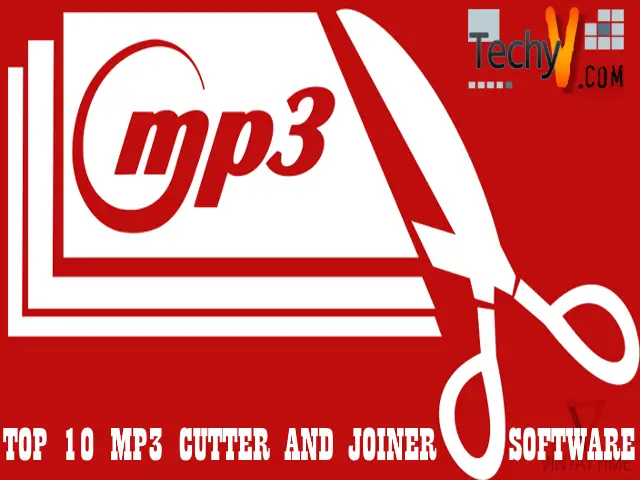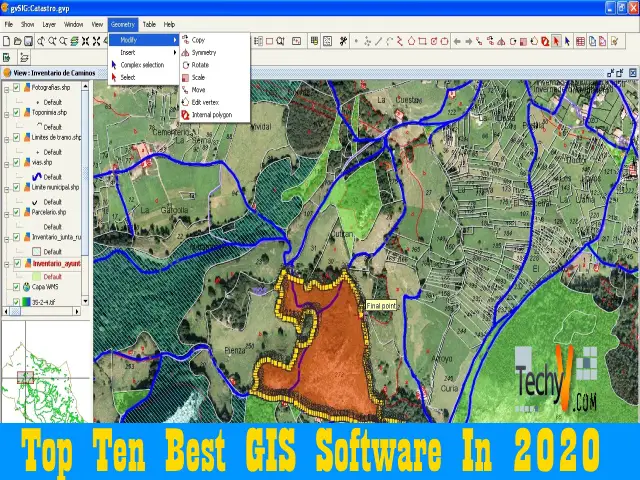Your DAW, or Digital Audio Workstation, is the most crucial piece of equipment in your creative toolbox if you compose a piece on a computer, be it a Mac or a PC. If you want to make your thoughts into pieces as quickly and efficiently as possible, choosing DAW that you’re happy with. is crucial. Perhaps even more crucially, find a digital audio workstation to allow you to do so. Simply put, the DAW that makes it most convenient for you to compose a piece and motivates you to keep doing so is the ideal DAW for you.
1. Apple Logic Pro
Creators launched logic Pro’s version X in 2013, so it’s been a while since we had a ‘complete’ new version, although statistics may be deceptive. In all but name, version 10.5 transforms this oldest DAWs into a genuinely modern piece-making environment. It is Logic Pro 11 in all but name.
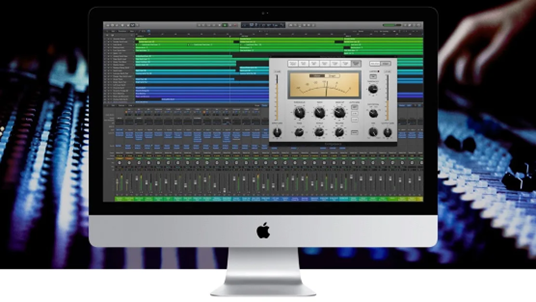
2. PreSonus Studio One
Since it has been gaining ground for some time, Studio One is now a DAW of great strength and maturity, not only equal to but occasionally surpassing its competitors in several areas. Having a fully developed score editor and Clip Gain Envelopes that enable surgical region-based volume automation, version 5 of the software marks the platform’s maturation.
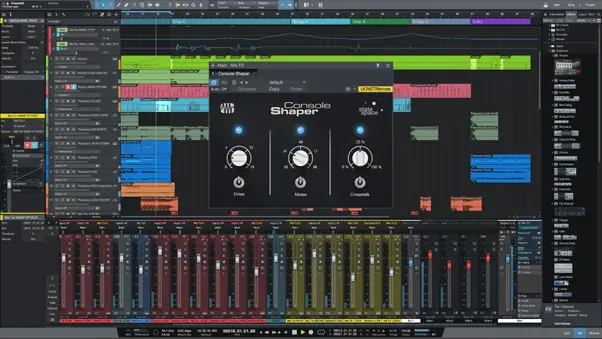
3. Ableton Live
Live’s influence on the piece software industry cannot be overstated. The original edition, published in 2001, defied traditional design conventions by establishing itself as a recording program for composers and a performance instrument in and of itself.

4. Reason Studios Reason
Over the last few years, reason has seen some significant adjustments. The rack-based DAW’s version 11 was launched in 2019 by Reason Studios, which had previously been known as Propellerhead Software. As a result, the Reason Rack Plugin was introduced, allowing users to use the DAW’s essential features as VST 3 or AU plugins inside other DAWs.
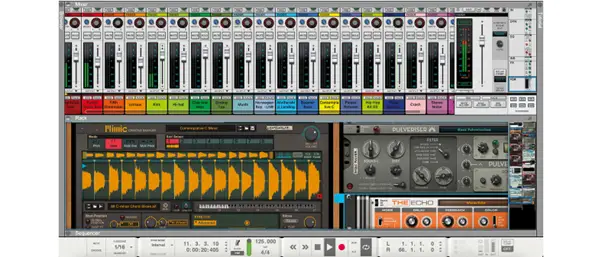
5. Bitwig Studio
But in that time, the program has advanced significantly, shrugging off the shackles of the inevitable Ableton Live comparisons — the two programs share several original creators and significant workflow parallels — by introducing several features that have strengthened Bitwig’s reputation as perhaps the most innovative DAW on the market.
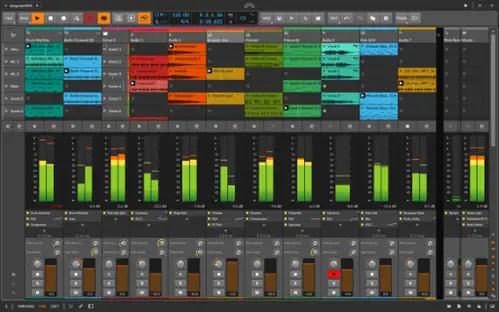
6. Image-Line FL Studio
A particular generation of producers, especially those working in the hip-hop and EDM genres, consider Image-DAW, Line’s first released as FruityLoops, to be almost iconic. FL Studio may now be utilized on macOS (as well as Personal computers) without the assistance of a cumbersome workaround thanks to the significant feature of version 20: a native 64-bit Mac version.
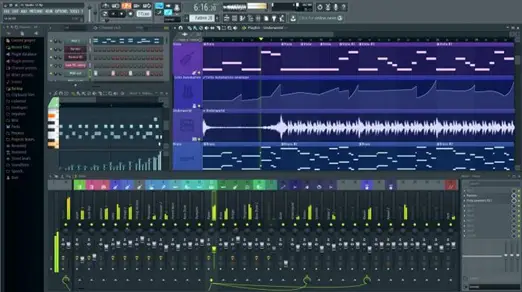
7. Steinberg Cubase
For 30 years, Steinberg has been at the top of piece software development. Via Cubase, which began as a MIDI sequencer, Steinberg launched an entire generation of the block-based arrange screen that is now used in most modern DAWs. The company also created a class-leading audio editor (WaveLab) along the road and endured the dark days of software piracy.

8. Cockos Reaper 6
Reaper is a relatively economical cross-platform DAW with a small footprint and sophisticated MIDI/audio routing features for the advantage of those not in the know. Additionally, the demo is fully functioning, but after 30 days, you must pay the license charge to continue using it.
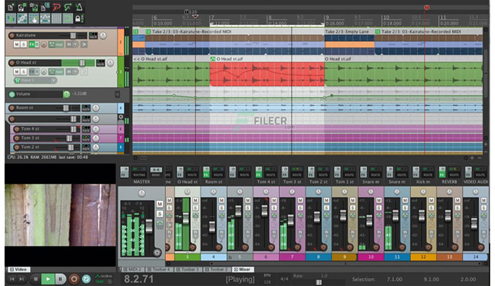
9. Apple GarageBand
Non-musicians can sequence the audio loops provided, but there is also a respectable range of software instruments, multitrack recording functionality, and an excellent selection of virtual guitar amps and stompboxes. The drummer is excellent for creating rhythms automatically, Smart Controls make sound editing more enjoyable, and you can also use the Logic Remote iPad app to operate the program.

10. Acoustica Mixcraft
Mixcraft has developed from a simple entry-level program to an outstanding DAW, including functionality typically found in more expensive options. Mixcraft 9 has a more streamlined user interface with removable panels, additional automation tools, vocoder tracks, new effects, and instruments, as well as the ability to convert audio to MIDI instantly.
